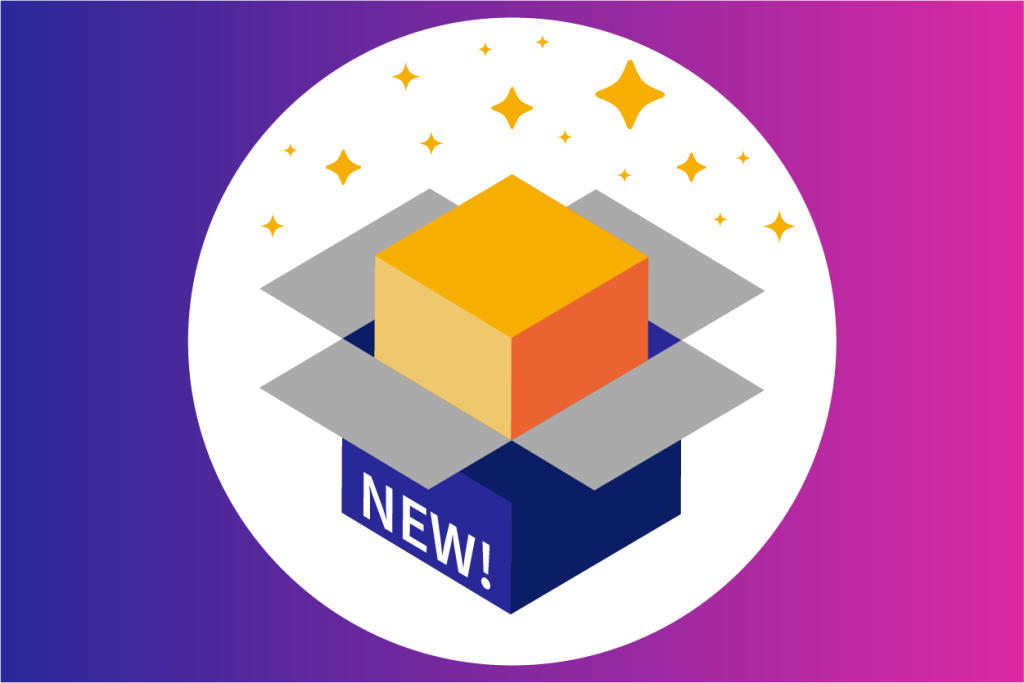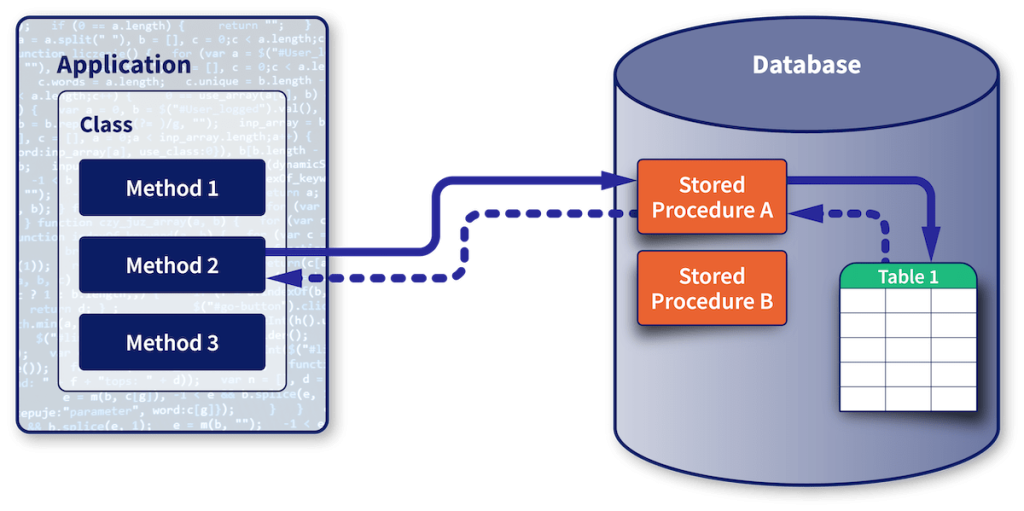New Feature Release: Don’t Let Stored Procedures Get in the Way of Database Migration Plans
New Feature Release: Don’t Let Stored Procedures Get in the Way of Database Migration Plans
We recently released a new product capability to capture stored procedures in Oracle and PostgreSQL databases and Java and .NET calls of those stored procedures. CodeLogic binary and runtime scans contribute to identifying these relationships.
With one click, developers can quickly reveal how stored procedures are connected to data and application code. By visualizing these relationships, development teams can accelerate database platform migration plans, increase productivity, and reduce break/fix cycles associated with code changes.
“Searching for code dependencies on database elements, like columns or tables, may be relatively straightforward. However, if dependencies on stored procedures are hidden in a database, it can be difficult to see those relationships. Only by traversing from the code to the stored procedure to the table and column can you properly see what data your code is dependent on,” said Eric Minick, CodeLogic’s Head of Product. “CodeLogic instantly exposes stored procedures, allowing end–users to view any dependencies and business logic the stored procedure has within the application. Ultimately, CodeLogic saves the time spent crawling through code to see how the data and code fit together.”
To avoid introducing breaking changes, developers and database architects need to know if a stored procedure uses a database, column, or table before making a code change. Similarly, if developers want to change a stored procedure, they need to identify code associated with it, so they can ensure their change doesn’t break something else. Often developers will manually inspect code in their IDE to see if it’s calling stored procedures and use native database management tools to review the stored procedure to see what tables and columns are being used. CodeLogic users can access detailed visualizations that represent the interactions between code and stored procedures as well as between stored procedures and tables and columns.
CodeLogic enables application delivery teams to answer key questions to make strategic decisions and execute them confidently:
- Which stored procedures are used and which are not?
- Which stored procedures will be impacted by a code change?
- What code will be impacted by moving a stored procedure to application code?
Whether driven by cost savings or a move to the cloud, teams are moving to lower cost database platform alternatives. While tools exist for migrating schemas, teams are hindered by their stored procedures and a lack of knowledge around how stored procedures connect to their data and the code that call them. Current processes are prone to error because of manual processes to access stored procedure dependency data. CodeLogic instantly visualizes how stored procedures fit into the bigger picture, so teams can successfully identify all dependencies and minimize risk to their applications while migrating off their legacy database platforms.
For more information, watch our video: Using CodeLogic to Accelerate Database Platform Migrations.


